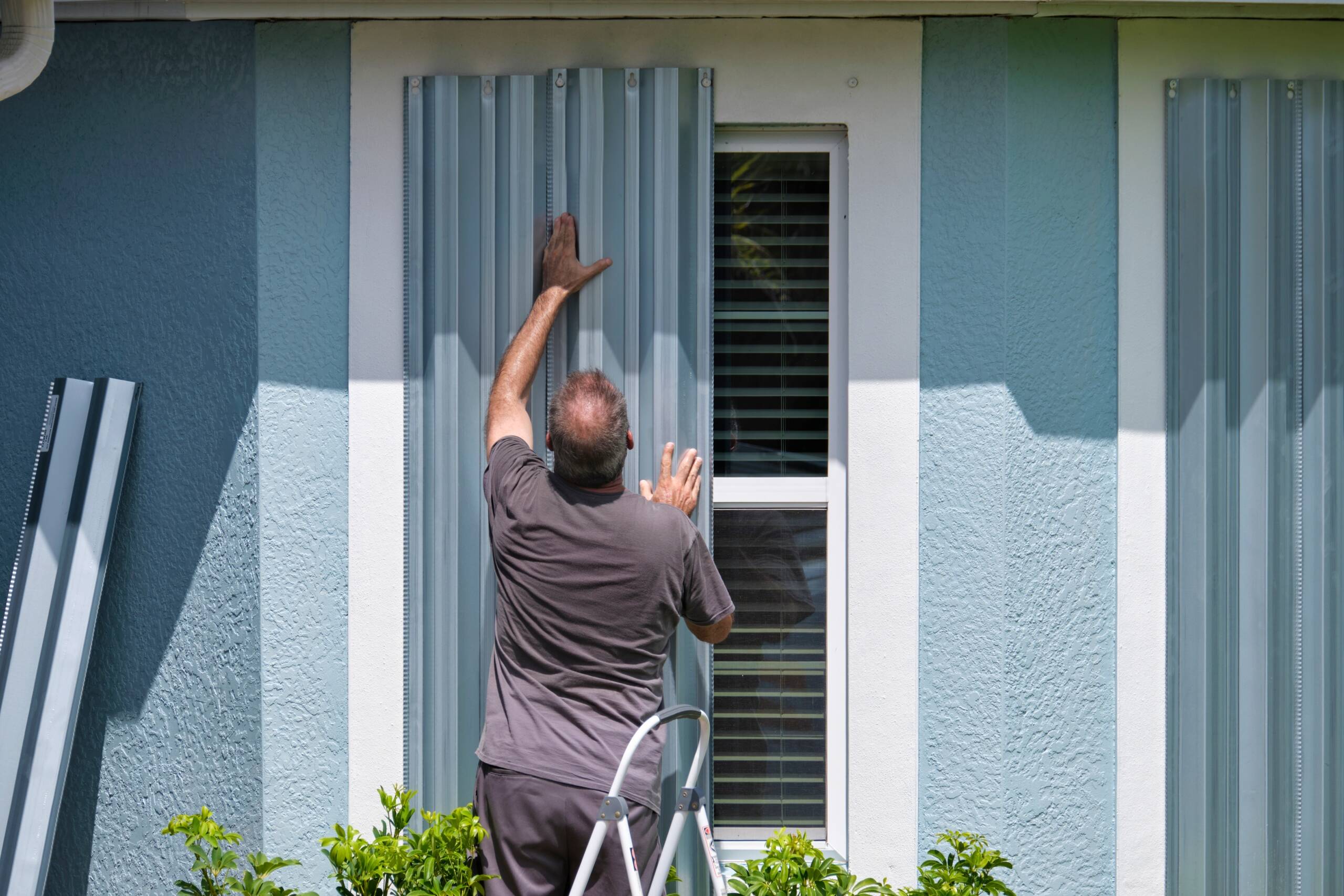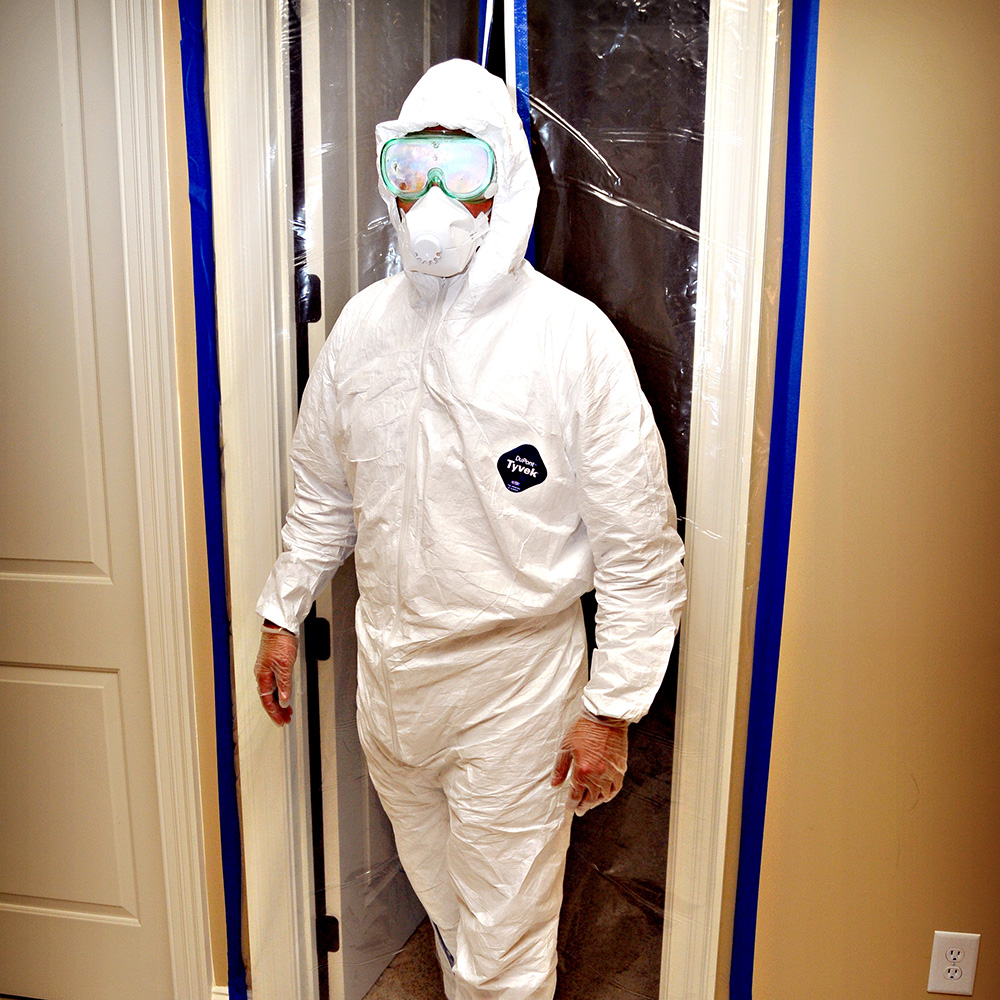
September 26, 2025
Hurricane season in the Atlantic stretches from the beginning of June to the end of November. However, the peak time for increased hurricane activity lasts from August to November. With multiple Trimaco locations in the Carolinas, we are very familiar with hurricanes and the damage they can wreak.
When wind and water damage occurs, you’ll need to contact a disaster restoration service to help get your home or business back to its original state. Flood restoration can be a lengthy and involved process, but disaster restoration professionals know how to get your space back to pre-flood condition as quickly as possible. Later, we’ll discuss tips to prepare your home for severe weather and how to begin the cleanup process when disaster strikes. But first, let’s discuss the damage a hurricane can cause.
Catastrophic weather events like hurricanes can cause lasting damage on homes and businesses. According to the National Oceanic and Atmospheric Administration (NOAA), even a Category 1 hurricane can produce winds up to 95 mph. These wind speeds can rip shingles off roofs and damage siding, leaving buildings susceptible to water damage. More intense storms can rip roofs from a building and bring down trees. Category 5 hurricanes can completely destroy buildings with winds over 157 mph – and this damage isn’t even taking into account coastal flooding or rainfall.
NOAA warns that a hurricane or tropical cyclone can create storm surges of over 20 feet along the coast and can bring more than 6 inches of torrential rain. Hurricane Florence made landfall in North Carolina in 2018 as a Category 1 hurricane and produced almost three feet of rain in some areas. With this kind of rainfall, damage from flooding is almost assured without proper preventative measures.
In an adverse weather event, being prepared is the first step to preventing the risk of injury or significant damage to homes. We’ve compiled these tips to help you prepare for a large storm or hurricane.


Beginning the water extraction and flood restoration process can be time-consuming and taxing but requires careful attention. To avoid further damage, begin the debris and flood clean-up as soon as it’s safe to after the storm. Knowing the proper steps to take and working with the right emergency service professionals can speed up the cleanup and restoration process and get you back into your home quicker.
If your site is safe enough to enter, walk around and take pictures and notes of all the damage. Be sure to contact your insurance company to help you with this process. Avoid areas with standing water as this can pose a threat to your safety.
The flood restoration pros know exactly what to look for and how to fix it. They’ll be able to help get your home back to the state it was in prior to the storm and may even be able to make improvements to protect against future severe weather events. Their water damage restoration services include handling water removal, dehumidification, damage control, and repair.
Depending on the information you learn from your contractor, insurance agent, and/or water damage restoration company, it may be wise (or even vital) to find a temporary home, while flood damage repairs are in process. You and your family’s health and well-being come first. Make sure to check with your insurance company – your policy may cover some or all of the cost to temporarily house you in a safe and dry location.
Water damage from flooding could result in mold growth. Mold is hazardous and toxic to the human body. Mold remediation services remove the mold to keep you safe. These companies are equipped with the proper safety products, such as personal protection equipment, dust barrier poles to separate rooms, tarps to cover holes, and much more.
If at any point you do need to enter your home during this time, be sure to wear the proper safety protection to ensure your health isn’t at risk. This includes protective wear (like Tyvek suits), masks, and shoe protection.
At Trimaco, we understand how devastating severe storms and hurricanes can be. We hope you find these restoration and safety tips helpful in preparing for a large storm and how to deal with the potential aftermath. Be sure to explore Trimaco’s products specific to disaster and flood restoration.
Get Social
2 months ago
Video
Share on Facebook Share on Twitter Share on Linked In Share by Email
2 months ago
Video
Share on Facebook Share on Twitter Share on Linked In Share by Email
2 months ago
Photo
Share on Facebook Share on Twitter Share on Linked In Share by Email
2 months ago
Video
Share on Facebook Share on Twitter Share on Linked In Share by Email
2 months ago
Video
Share on Facebook Share on Twitter Share on Linked In Share by Email
Cling Cover is premium plastic sheeting clings to almost any surface, attracting overspray and keeping your workspace clean, bright, and protected.
2#trimaco #totaljobsiteprotection #savetimesavemoney #work #paint #painting #construction #constructionproducts #build #buildzoom
Prepping for renovation with Easy Mask Tape & Drape 🚨🚨
@refreshhomeimprovements
#trimaco #totaljobsiteprotection #savetimesavemoney #work #paint #painting #construction #constructionproducts #build #buildzoom #building #homebuild
Refresh your kitchen on a budget with an easy DIY backsplash ✨
4Check out our latest blog for a step by step guide: https://trimaco.com/blog/how-to-diy-a-kitchen-backsplash/
#trimaco #totaljobsiteprotection #savetimesavemoney #work #paint #painting #construction #constructionproducts #build #buildzoom
Highly absorbent and reusable, Trimaco’s Wonder Rag is your go-to for a spotless finish
2#trimaco #totaljobsiteprotection #savetimesavemoney #work #paint #painting #construction #constructionproducts #build #buildzoom #building #homebuild